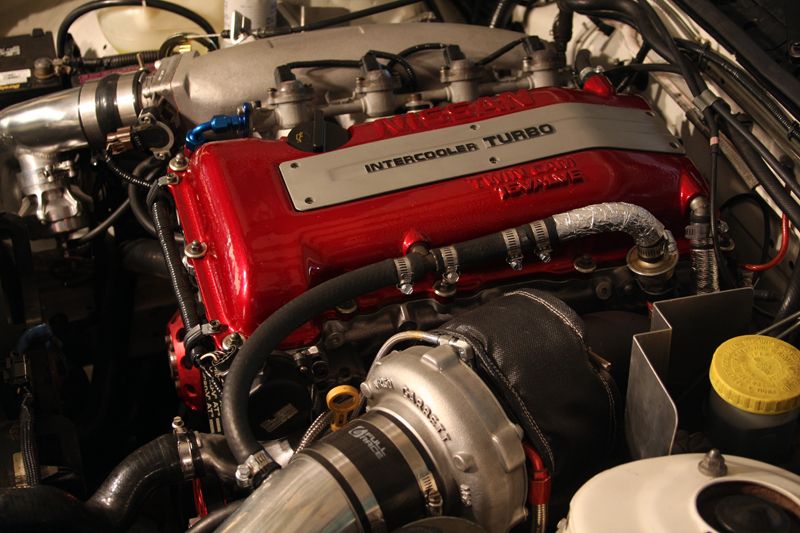Ben,
Why hasn't this option been discussed?

From what I would think, this scenario would largely only impact the system under WOT conditions. Since the WOT conditions do not pull much (if any) vacuum on the crankcase to help seal the rings, venting to air would not be any different pressure wise as venting to intake. The only negative is the whole EPA emissions thing. One could even put a catch can on the PCV hose line along with this to further lessen the level of oil in the intake.
Why hasn't this option been discussed?

From what I would think, this scenario would largely only impact the system under WOT conditions. Since the WOT conditions do not pull much (if any) vacuum on the crankcase to help seal the rings, venting to air would not be any different pressure wise as venting to intake. The only negative is the whole EPA emissions thing. One could even put a catch can on the PCV hose line along with this to further lessen the level of oil in the intake.








 Be the first to like this post.
Be the first to like this post.

 Back to top
Back to top
